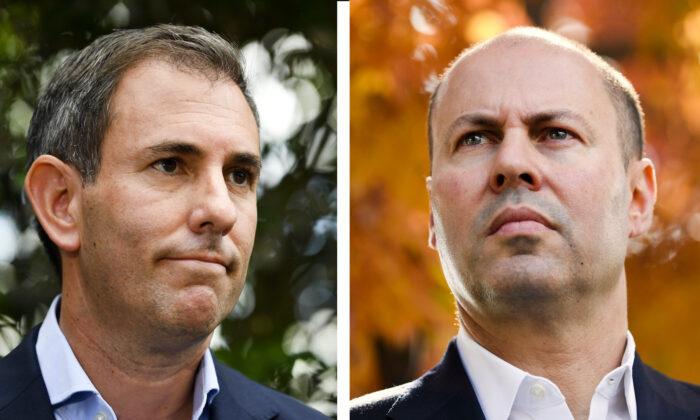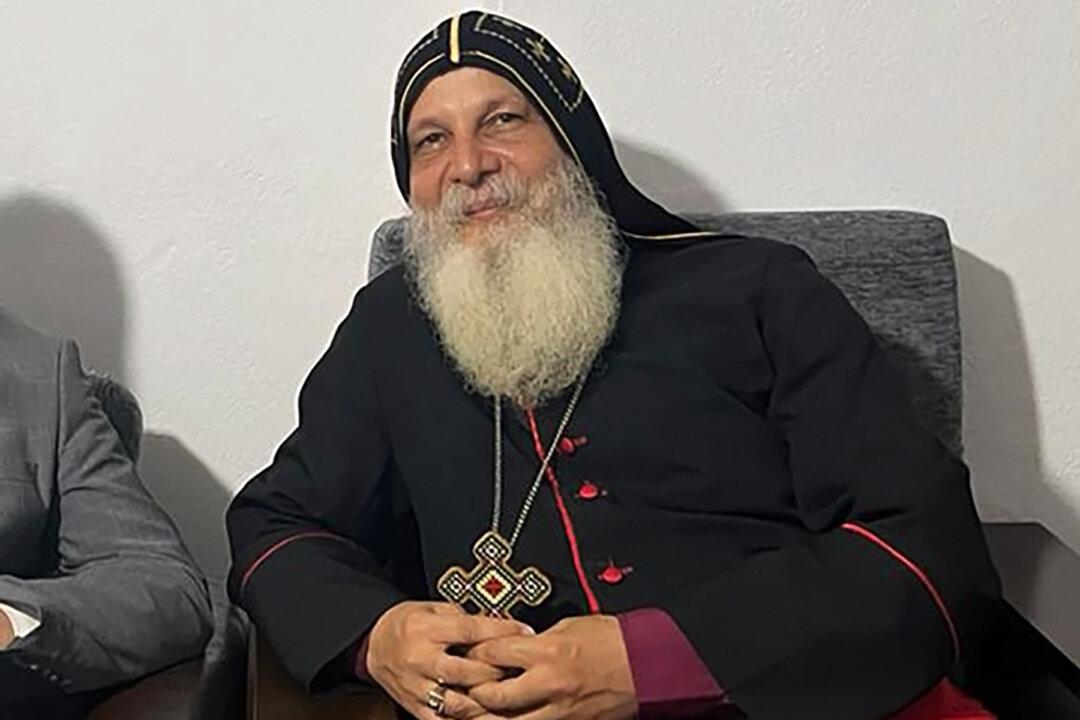Treasurers from both major parties have ruled out increasing the Medicare Levy to control the spiralling cost of Australia’s National Disability Insurance Scheme (NDIS), which will hit $60 billion-a-year (US$42.7 billion) by 2030 and has pipped the budget of universal healthcare program Medicare.
During the Treasurers Debate on May 4, incumbent Coalition Treasurer Josh Frydenberg and his counterpart, Labor’s Jim Chalmers, vowed to continue supporting the program but conceded the costs were high.
The current treasurer said the NDIS accounted for around 1.2 percent of the economy and would rise to 1.5 percent of GDP in the coming years.
“We need to continue to fund this scheme, and we will continue to provide those services even as it becomes more expensive,” he said.
The NDIS is an ambitious government-funded program that seeks to finance the needs of disabled individuals in the country.
The Labor opposition has ruled out a levy, saying the NDIS needed to be seen as a “job-creating, prosperity creating” initiative.
“The cost is substantial, not disputing that, but so are the benefits for individual people being cared for and for the economy more broadly,” he said.
The scheme, when established under former Labor Prime Minister Julia Gillard in 2013, was to be funded through a 50-50 joint contribution from the state and federal governments; however, the financial burden has shifted more to the Commonwealth over the years.
In 2014, Gillard attempted to address the growing costs of the NDIS by increasing the Medicare Levy (essentially a tax) from 1.5 percent of an individual’s taxable income to 2 percent.
Currently, the NDIS supports 520,000 individuals with those numbers projected to reach 860,000 by 2030, according to an actuarial report from Taylor Fry.
While initial estimates were for the program to cost $22 billion per year, those costs could now reach $59 billion by 2029-30.
Several design flaws have contributed to the spiralling cost of the program, including uncapped funding grants, a growing number of participants with a wide range of conditions (notably autism), and no restraints on the type of support individuals can claim, including sex worker services or paying carers to mow the lawn.
Terry Barnes, a former senior advisor to two federal health ministers under Coalition Prime Minister John Howard, warned it was impossible for the federal government to “grant every wish” around health funding.
“You’ve actually got to make it worthwhile for people to put their own money into private healthcare,” he said. “But I think that’s been undermined by successive governments for the best part of 10-15 years.”
“There is this prevailing ideological mentality that every dollar spent in private health care is one dollar not spent in public health,” he said.





